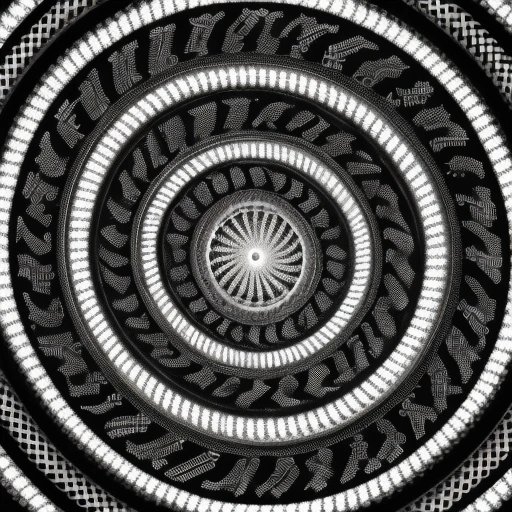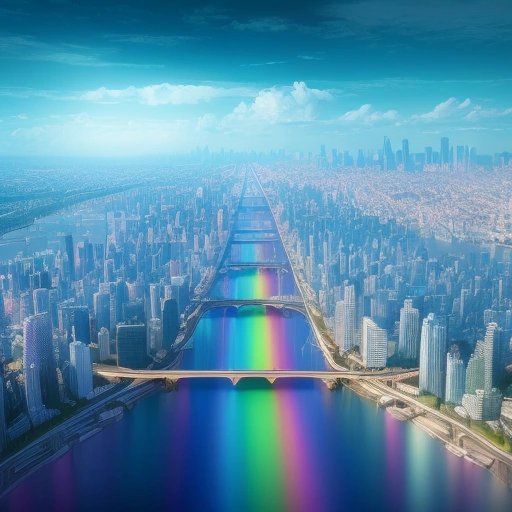A new AI algorithm is taking the art world by storm with its eye-catching optical illusions. However, the illusions are so convincing that viewers are experiencing intense nausea and dizziness, leading some to call for a warning label on the exhibit. Will this cutting-edge technology lead us to new heights of artistic expression, or leave us queasy and confused?
It's no secret that technology has always had a hand in the art world. From digital painting software to 3D printing, we've seen a myriad of creations that blend the old and the new. But the latest creation to hit the scene is leaving viewers not just questioning what is art, but also their own sanity.
At the heart of this ambitious experiment is an AI algorithm that creates optical illusions. The algorithm takes inspiration from classical illusion techniques that rely on contrast, color, and perception to capture the eye. But this is where the similarities end, as the AI takes things a step further, pushing its creations to the limits.
The result? A series of optical illusions so intense that viewers are losing their lunch. Some have likened the experience to riding a roller coaster after a heavy meal, while others have outright called it a surreal nightmare. With the exhibit receiving both accolades and criticism, the debate rages on: Is this a revolutionary step forward for the art world or just a gimmick?
Many proponents point out the sheer ingenuity of the project. They laud the AI for taking traditional techniques and pushing them to new heights, creating a mind-bending experience that challenges the very nature of perception. But others are quick to criticize, saying that the illusions are more akin to a cheap carnival trick than art.
The debate has only intensified with the addition of a new element: health. As more and more visitors report experiencing nausea and dizziness, some have started calling for a warning label on the exhibit. Others have gone even further, demanding that the exhibit be taken down altogether, arguing that it poses a serious risk to public health.
It's a complex issue, with no easy answers. But one thing is for sure: the AI algorithm isn't going anywhere. Its creators are already pushing the boundaries of what is possible, exploring new and exciting ways to use the technology in the art world.
So what does this mean for the future of art? Will we see a new wave of creations that challenge our perceptions and push us to our limits? Or will we be stuck in a loop of cheap gimmicks and trite illusions?
One thing is certain: the line between art and technology is getting blurrier every day. And while it may be unsettling at times, it's also an exciting time to be a part of the art world. So buckle up, brace yourself, and get ready for a wild ride of optical illusions that will leave you questioning not just what is art, but also if you need to schedule an appointment with your optometrist.


